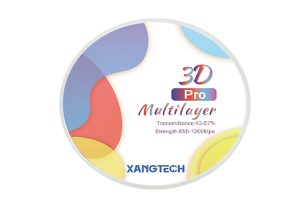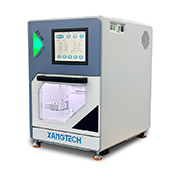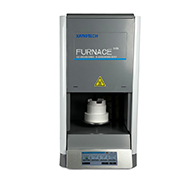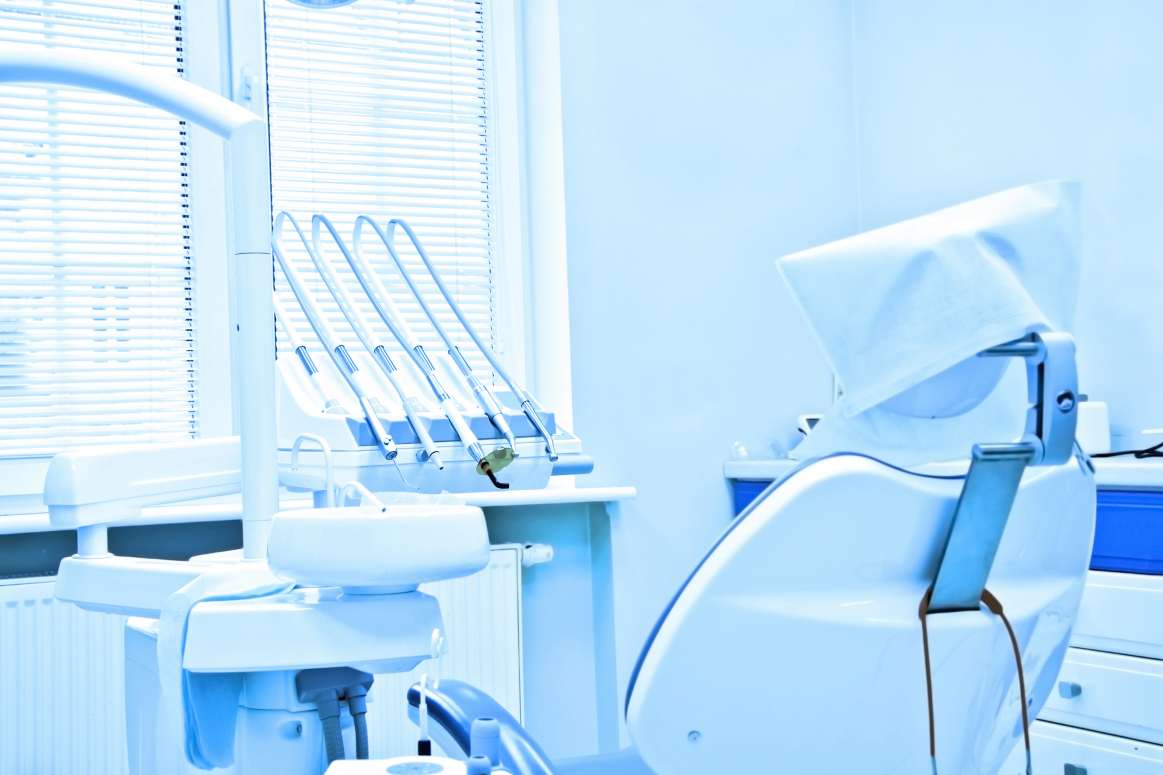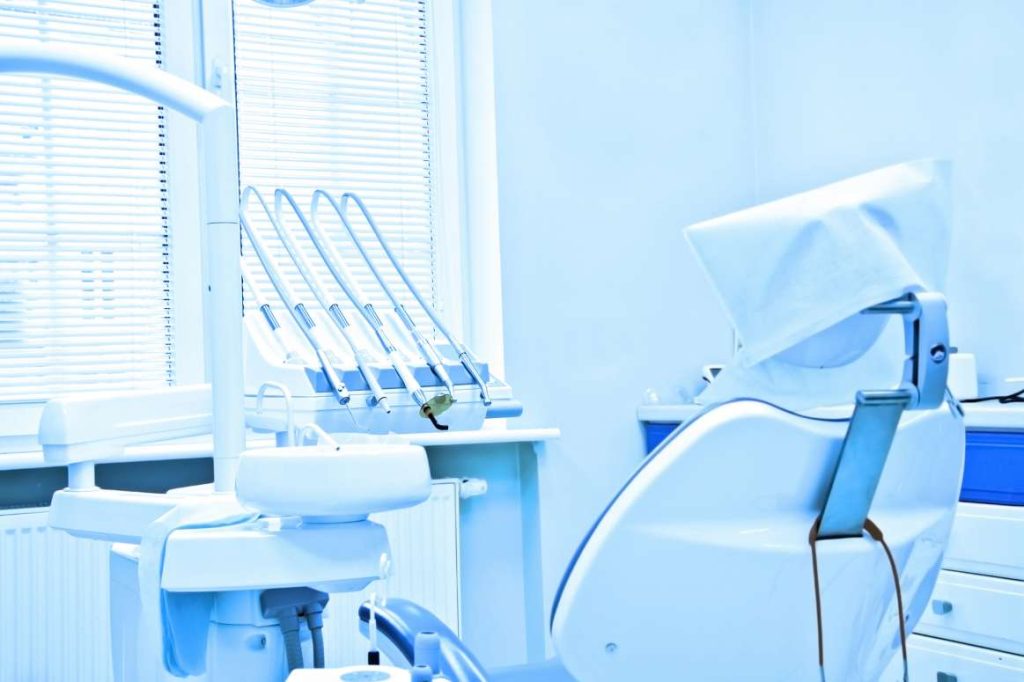Why Are Lithium Disilicate Blocks So Dang Tough for Dental Work?
Lithium disilicate blocks are renowned in dentistry. They’ve got this killer mix of strength, good looks and staying power that makes them a go-to for stuff like crowns, bridges and veneers. They look just like real teeth and hold up like champs. The big deal? Their chemical stability keeps them solid, shapely and sharp-looking for years. Let’s dive into what makes these blocks so tough and why that matters for dental restorations.
What Keeps Blocos Disilicados de Lítio So Stable?
The secret to lithium disilicate’s toughness is its awesome crystal structure. It can handle the daily grind in your mouth without falling apart. These blocks are made of lithium silicate crystals baked into a glassy base, giving them strength and a natural, see-through vibe. They get even tougher during crystallization, forming lithium metasilicate and disilicate phases that make them super resilient.
How Does This Structure Make Them So Tough?
The crystal setup gives these blocks some serious muscle, like crazy bending strength and resistance to cracks. They shrug off chemical attacks—like from acidic drinks or spit—because the crystals are tightly bonded. That means they stay strong even when you’re chugging soda or eating spicy wings.
What Messes with Lithium Disilicate’s Stability?
These blocks are pretty darn stable, but the mouth’s a wild place. Temperature swings, humidity and all the stuff you eat or drink can throw challenges their way. Plus, how well the blocks are made—like nailing the crystallization process—makes a huge difference in how tough they stay.
Can These Blocks Handle the Mouth’s Chaos?
Heck yeah, they can. When made right and properly fired, lithium disilicate blocks are built to last. They resist rust, stains and fading, even in the mouth’s toughest conditions. But, their staying power depends on things like what kind of restoration they’re used for and how good someone’s brushing game is.
O que considerar quando escolher um Bloco Disilicado de Lítio?
When choosing lithium disilicate blocks, decide if strength (for back teeth) or aesthetics (for front teeth) is the priority. Our high-clarity options suit cosmetic needs, while low-clarity ones hide darker tooth bases better.
XANGTECH and their Lithium Disilicate Blocks
Em XANGTECH, we’re all about cranking out top-notch lithium disilicate blocks that are chemically rock-solid. We make them with precision to tackle the needs of modern dental restorations. Using some fancy manufacturing tricks, we create blocks that aren’t just stable but also super strong and long-lasting.
O disilicado de lítio do XANGTECH destaca-se no trabalho dental. Ele permanece químicamente estável e tem forte resistência à dobra, fazendo as restaurações durarem mais. Com uma dureza de Vickers de 5400, ela se mantém bem sob pressão de mastigação.
What Makes XANGTECH’s Lithium Disilicate Blocks So Special?
We’ve got this crystallization process down pat, making our blocks extra stable and less likely to wear out. We stick to crazy high standards during production to ensure they deliver every time. Plus, our blocks play nice with dental workflows, making them easy to use and totally awesome on performance.
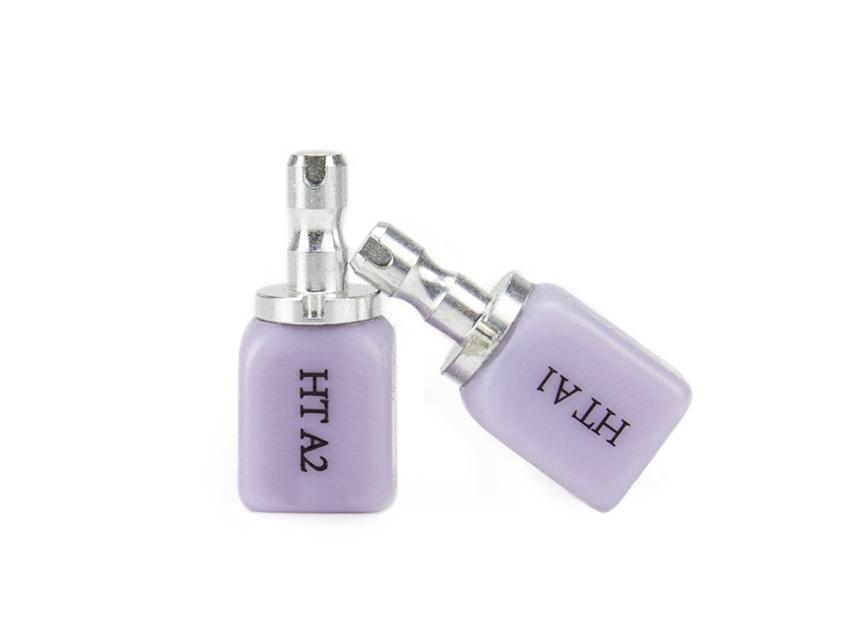
How Do Dentists Use Lithium Disilicate Blocks?
These blocks are a dentist’s best friend for making crowns, bridges, veneers and inlays. Their killer stability and natural tooth-like look make them perfect for restorations that blend right in. Dentists love how easy they are to mill and shape into super precise, tough and good-looking restorations.
Are These Disilicado de lítio Blocks Suitable for Everyone?
They’re a slam dunk for most folks, but it depends on stuff like how someone treats their teeth or where the restoration goes. For people who chomp hard—like those with bruxism—other materials might work better. But for most dental jobs, lithium disilicate’s a reliable, eye-catching pick.
Why Chemical Stability Is a Game-Changer for Restorations
The chemical stability of these blocks brings some serious perks. They last forever—well, not literally, but you get it. Stable materials don’t fade, discolor, or break down easily, so restorations keep looking like real teeth for years. That makes patients stoked, knowing their dental work won’t crap out too soon.
Why’s Chemical Stability Such a Big Deal?
Stability keeps restorations doing their job and looking good. They deal with constant chewing and all kinds of food and drink. Chemical stability makes sure the material stays tough, dependable and pretty for its whole life.
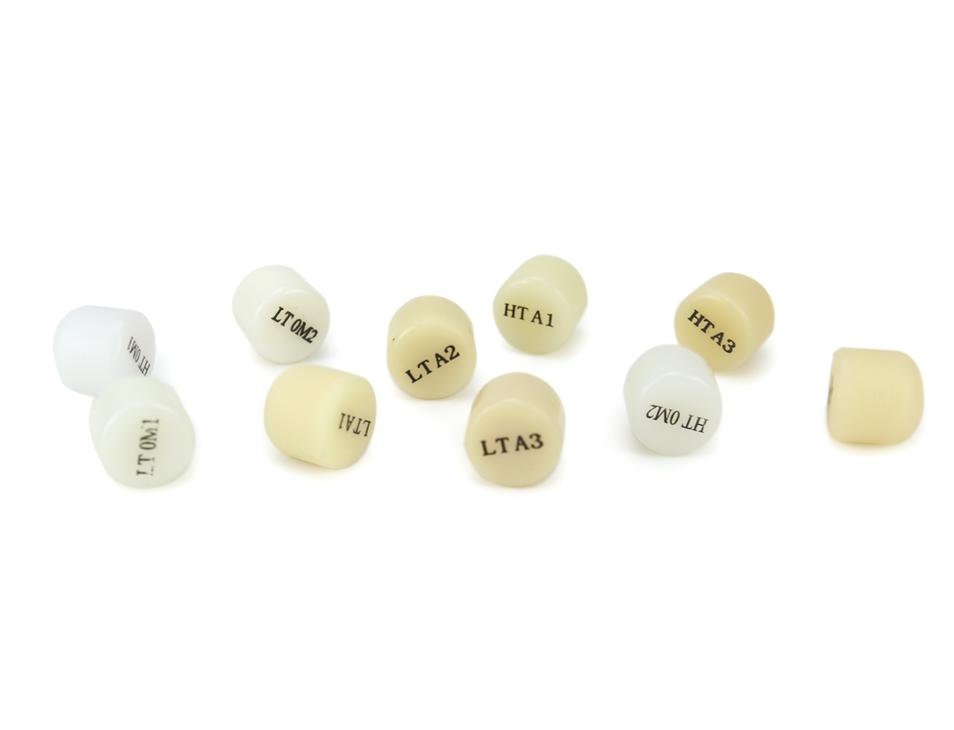
FAQ
Q: How long do lithium disilicate restorations last?
A: These babies can go for years, usually 10–15, depending on how well you brush and where the restoration’s at.
Q: Do lithium disilicate blocks stain easily?
A: Nope, they laugh off stains from coffee, tea, or wine, making them a tough and nice-looking choice for restorations.
Q: Can you fix lithium disilicate blocks if they get dinged up?
A: They’re super sturdy, but small chips or cracks can sometimes be patched with bonding stuff. Big damage? You might need a new restoration.

